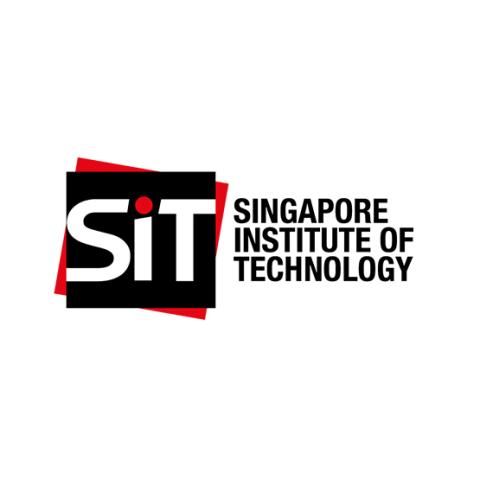
What’s needed for stackable microcredentials towards a degree?
Forest Tan describes how to begin creating a flexible pathway where learners can accumulate microcredentials aligned to industry that can stack towards a degree
In the era of disruption by technology such as generative AI, coupled with an increasingly tech-savvy generation of digital natives, traditional teaching and learning at universities must evolve to better serve learners. Indeed, as industry transforms at an accelerated pace, the workforce must move in tandem so people are better equipped to innovate and tackle new challenges.
As such, it is no longer adequate to expect the approximately 15 years of education packed into someone’s early years to serve them for the entirety of their subsequent 40-year working life. Education will need to ensure the workforce has more up-to-date skill sets and competencies that are better aligned with current industry needs, most likely through more regular upskilling and reskilling throughout a lifetime. If we provide more just-in-time education throughout a student’s working career, it could potentially change the education landscape into one that requires what might be best termed institutes of continuous learning (ICL).
Learning pedagogy for digital natives
The history of formal education can be traced back thousands of years, although it has mainly focused on educating children and young people, starting from primary school all the way to college to prepare them for their first job. While this has worked well given continuous innovation in education, the shifts towards online and distance learning accelerated by the pandemic mean we cannot go back to business as usual. While it will surely remain a big draw to attend a world-renowned college to obtain a degree, the motivation is perhaps becoming skewed more towards the campus experience and interaction with peers and faculty rather than sitting through hours of lectures and tutorials.
- Resources on lifelong learning
- Why we need a new model for professional development credentials
- How to coach in-employment lifelong learners for success
While many of us can remember the days when physical letters took weeks to reach our recipients, with the advent of the internet, email, messaging apps, generative AI and more, it is not difficult to grasp why the younger generations, who were born into the digital era, expect more instantaneous responses and interactions. Requiring learners to sit through long hours of lectures is no longer effective because of shortening attention spans, plus, with most knowledge available at their fingertips online, higher-order thinking and analytical skills should be prioritised anyway. Bearing these evolutions in mind, moving towards a more interactive, asynchronous mode of delivery where learning can happen any time anywhere will be a more attractive proposition for most learners. This might be where microcredentials come in.
Microcredentials: volume and depth of learning
There are currently no commonly accepted norms for a microcredential’s learning volume. While the word “micro” means a small volume of something, microcredentials can still range from a course of a few hours to a boot camp of a few days to a more intensive certificate leading towards a formal qualification.
Most microcredentials are generally highly focused on a particular discipline or skill and aligned towards industry needs or competencies. Given the expectation of the rigour required to gain a university degree, if the microcredentials in question are to be stackable toward a degree, they should be substantial in volume and depth. Within each microcredential, the content must be carefully curated to ensure fundamental concepts and theories are scaffolded together with industry competencies so the learner can apply them immediately.
With microcredentials that go into sufficient depth mapped to relevant industry competencies and skills, this will help learners perform a new job role or function in the workplace. Indeed, well-designed microcredentials can also be offered as standalone qualifications to support working professionals who are keen to upskill or reskill throughout their careers.
Other considerations for stacking microcredentials toward a degree
The design of microcredentials for standalone delivery or those that can stack toward a degree for in-employment learners requires many considerations. In addition to well-designed microcredentials with appropriate volume and depth, pedagogy that offers flexibility, support from employers and recognition of industry-acquired skills are critical.
Working with employers and industry bodies to identify the skill gaps for learners in their industry is crucial, while providing recognition for completion of microcredentials will motivate learners to progress while managing multiple commitments. Most in-employment learners also accumulate a wealth of relevant knowledge from their work experience and prior learning – validation of such learning should take place by it being recognised and counted towards their knowledge acquisition.
Beyond academic and employer support, learners juggling work, study and personal commitments will sometimes require an extra push to get them over the line. Providing such support, in the form of success coaching, for example, could be key to helping them succeed.
Finally, setting aside time for the pursuit of microcredentials is paramount. This involves a longer-term commitment from both the employer and learner to work together to carve out the flexibility and hours needed to acquire these skills, because it is always worth remembering that these microcredentials will probably take years to stack toward a degree.
Forest Tan is assistant provost (continuous learning) at Singapore Institute of Technology.
If you would like advice and insight from academics and university staff delivered direct to your inbox each week, sign up for the Campus newsletter.




